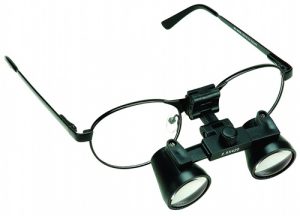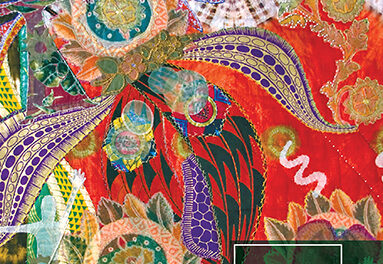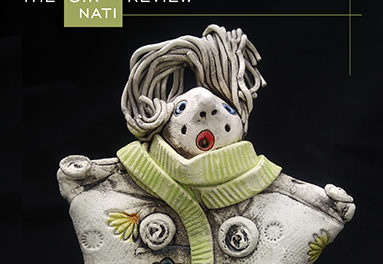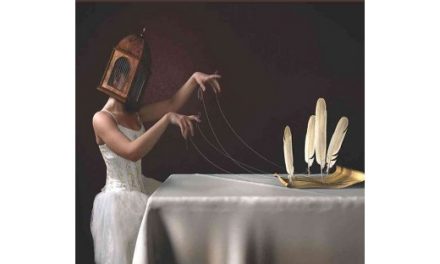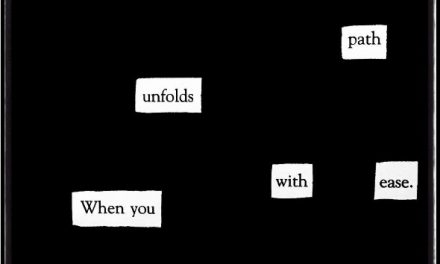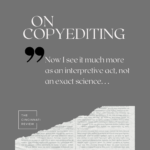This week, we’re meeting to finish our proofreading, a multi-step process involving the authors, managing editor, poetry and fiction editors, and assistant/associate editors. Each of us gets out our loupe and a brightly-colored pencil, and we pore through 200+ pages of the journal, noting things that would embarrass us if they made it into print (misspelled title! misspelled author name! bio missing! “rhinoceros” repeated twice, accidentally!). Then, in a one- or two-day marathon, we collate all of the changes before sending them off to our typesetter. Accuracy matters to us.
And so for your reading pleasure this week, we offer our proofreading checklist. Despite our careful work and six sets of eyes, something always gets through, so stay tuned for our Blue Pencil Prize in May—you get to be the editor, ex post facto!
Also a reminder: if you want to flex your cranial matter this week, you can still enter our Game of the Month: best premise for a story or poem!
1) Check back cover, Contents, and Contributors’ Notes for the complete and alphabetical listing of authors’ names. In addition, check for the correct and identical spelling of each author’s name in all three places.
2) Verify that the page numbers on the Contents page match each piece—and that the author’s name on the table of contents is identical to the spelling of the author’s name on his/her piece.
3) Check for widows, orphans, and line breaks (See “Word Division” section of The Chicago Manual of Style). Widows are last line of a paragraph appearing at the top of a page, while orphans are first line appearing at the bottom. Word division is based on pronunciation: e.g. knowl-edge and prod-uce vs. pro-duce (depending on which word you use).
4) Check for stacking (blocks of three or more repeated words).
5) Check for rivers (distracting flows of white space). Not so relevant anymore since the norm is just one space after a period.
6) Check for absence of correct ligatures (characters that have been created to solve extra kerning between some letters, like f ling instead of fling) or presence of forced ligatures (when designers mess with a typesetting program that allows you to tamper with kerning).
7) Check the verso and recto of the running foot (title or name should appear with the exception of the title page of each piece) and make sure that the page numbers are correctly listed.
8 ) Compare discrete elements of text (e.g., title tags, subtitles, epigraphs, and dedications). Hold up one piece to another and make sure that the typography and spacing/format match.
9) Check that spreads align: same sink at top but it can vary at bottom (short page or long page). Getting rid of widows or orphans sometimes causes fluctuation in page length.
10) Check tight and loose lines (lines with too many or too few words). If the last line of a paragraph is within an em-space of right margin, mark line flush with margin.

